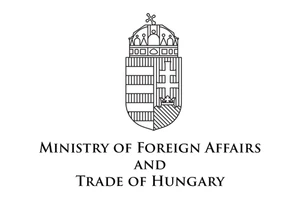FAQs
Plans are based on the number of unique translatable source words on your website.
If you know the number you can choose your plan, otherwise you can get a quote from us.
Growing and updating your site means you add more / new translatable words to your project. Once the cumulative number of unique translatable words exceeds the limit of your current plan, the project will be upgraded to the next level of plan.
The setup fee difference will be billed upfront (because that includes the fee of extracting and storing more words) and the monthly fee will be billed according to the upgraded plan level starting that day on.
Plan fee covers the setup and serving of the translation of your 1 domain for 1 language.
When you add another target language to your website, you need to pay the additional setup fee and subscription fee to cover that.
When you add another domain or subdomain you also need to pay the setup fee and subscription fee for that addition.
Our 10+ years of experience in website translation projects shows that there are plenty of questions that need to be taken care of before starting a website translation project.
Dealing with each and every technical question in the proper phase of the project can save you a lot of time, work and money.
Now you can leverage our Professional Service experts' knowledge through consultancy and assessment to set up the project properly upfront and it is covered by the plans’ setup fee.
Based on hundreds of website translation project setup and maintenance experiences, we know that there is a significant change in complexity by the number of words. Usually, product catalogs or e-commerce sites have a high volume of words, which are also typically more complex projects that require deeper knowledge, more coordination and fine-tuning, so the setup fee is not gradually increasing.
Get a quote! Our experts will ask a few questions regarding your needs and provide you with detailed word count statistics and cost estimates for your website.
If the site uses HTTP Basic Authentication, the username/password can be set in Easyling, and it will log in automatically. If the site uses another authentication method, the session cookies may be passed along, and Easyling will use these to authenticate itself (although these are not stored between scans for privacy reasons!)
Easyling discovers the entire website as if it was a visitor, fetching all the dynamic content as well. However, there might be a need to ignore some content multiplicator attributes (like colours, sizes can multiply the entries of a product catalogue). In this case, you can tell Easyling what expressions, attributes shall be ignored to avoid counting the words with the same content multiple times with the different colour names in the expression.
Easyling can translate JavaScript variables that are properly named in the code, although this requires knowledge of the language and the code in question. Otherwise, content that is not transmitted with the source code of the page will not be detected and translated.
Yes, after running a content extraction on the complete website all source text may be exported into XLIFF packages, which then may be imported into your favourite CAT tool.
Yes, you can choose the one that fits your needs.
The prices shown do not include VAT. For EU companies without a valid EU VAT number, VAT will be added.
